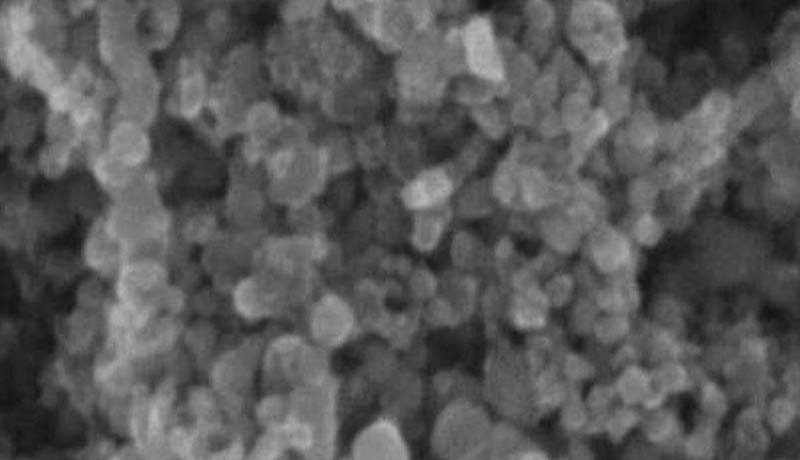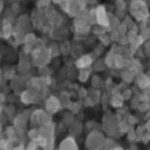Polycrystalline and monocrystalline materials are both types of crystalline solids that have unique properties and applications. Polycrystalline materials are made up of many small crystals, while monocrystalline materials are made up of a single large crystal. In this blog post, we will delve into the characteristics, advantages, and disadvantages of each type of material, and compare their properties and applications.
Polycrystalline materials
Polycrystalline materials, also known as polycrystals or polycrystalline solids, are composed of many small crystals, or grains, that are randomly oriented and bonded together. The grains in polycrystalline materials are typically smaller than those in monocrystalline materials, and the boundaries between the grains are known as grain boundaries.
Examples of polycrystalline materials include metals, ceramics, and semiconductors. Polycrystalline metals, such as steel and aluminum, are widely used in construction, transportation, and other industries due to their strength and low cost. Polycrystalline ceramics, such as porcelain and glass, are used in a variety of applications, including electrical insulators and wear-resistant coatings. Polycrystalline semiconductors, such as silicon, are used in the manufacture of electronic devices, including solar cells, transistors, and integrated circuits.
Advantages of using polycrystalline materials include:
- Lower production cost compared to monocrystalline materials
- High strength and toughness due to the presence of grain boundaries, which can act as obstacles to the movement of dislocations (defects in the crystal structure)
- Good electrical and thermal conductivity
Disadvantages of using polycrystalline materials include:
- Lower purity and structural perfection compared to monocrystalline materials, which can result in lower performance in certain applications
- Higher defect density, which can lead to lower strength and reduced fatigue resistance
- Poorer optical properties, such as lower transparency and higher scattering of light
Monocrystalline materials
Monocrystalline materials, also known as single crystals or monocrystalline solids, are composed of a single large crystal that extends throughout the entire material. Monocrystalline materials are typically produced by slow cooling of molten material or by growing a crystal from a solution.
Examples of monocrystalline materials include metals, semiconductors, and some types of ceramics. Monocrystalline metals, such as copper and silver, are used in electrical conductors and other applications due to their high electrical and thermal conductivity. Monocrystalline semiconductors, such as silicon, are used in the same applications as polycrystalline semiconductors, but may have superior performance due to their higher purity and structural perfection. Monocrystalline ceramics, such as sapphire and alumina, are known for their high hardness and wear resistance, and are used in cutting tools, abrasives, and other applications.
Advantages of using monocrystalline materials include:
- Higher purity and structural perfection, which can result in superior performance in certain applications
- Higher strength and fatigue resistance due to the absence of grain boundaries
- Better optical properties, such as higher transparency and lower scattering of light
Disadvantages of using monocrystalline materials include:
- Higher production cost compared to polycrystalline materials
- Lower toughness due to the absence of grain boundaries, which can act as obstacles to the material.
Comparison of polycrystalline and monocrystalline materials
When choosing between polycrystalline and monocrystalline materials, there are several factors to consider, including cost, purity and structural perfection, strength and toughness, and electrical and thermal conductivity.
In terms of cost, polycrystalline materials are generally cheaper to produce than monocrystalline materials due to their simpler production process. However, the lower purity and structural perfection of polycrystalline materials may result in lower performance in certain applications, which may offset the cost advantage.
In terms of purity and structural perfection, monocrystalline materials generally have higher purity and structural perfection due to their single-crystal structure, which can result in superior performance in certain applications. However, the higher production cost of monocrystalline materials may be a disadvantage.
In terms of strength and toughness, polycrystalline materials generally have higher toughness due to the presence of grain boundaries, which can act as obstacles to the movement of dislocations. However, monocrystalline materials generally have higher strength and fatigue resistance due to the absence of grain boundaries.
In terms of electrical and thermal conductivity, both polycrystalline and monocrystalline materials can have good conductivity, depending on the specific material and its crystal structure.
Overall, the choice between polycrystalline and monocrystalline materials will depend on the specific application and the trade-offs between cost, performance, and other factors.
Conclusion
In summary, polycrystalline and monocrystalline materials are both types of crystalline solids with unique properties and applications. Polycrystalline materials are made up of many small crystals and are generally cheaper to produce, but may have lower purity and structural perfection and lower strength and fatigue resistance. Monocrystalline materials are made up of a single large crystal and are generally more expensive to produce, but may have higher purity and structural perfection and higher strength and fatigue resistance. When choosing between the two types of materials, it is important to consider the specific application and the trade-offs between cost, performance, and other factors.
Looking to the future, advances in materials science and manufacturing technologies may continue to drive the development and use of both polycrystalline and monocrystalline materials in a variety of applications.



